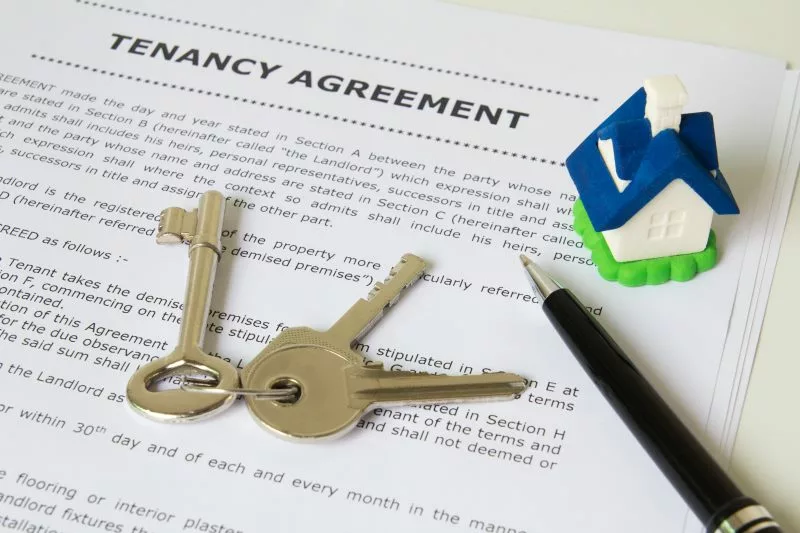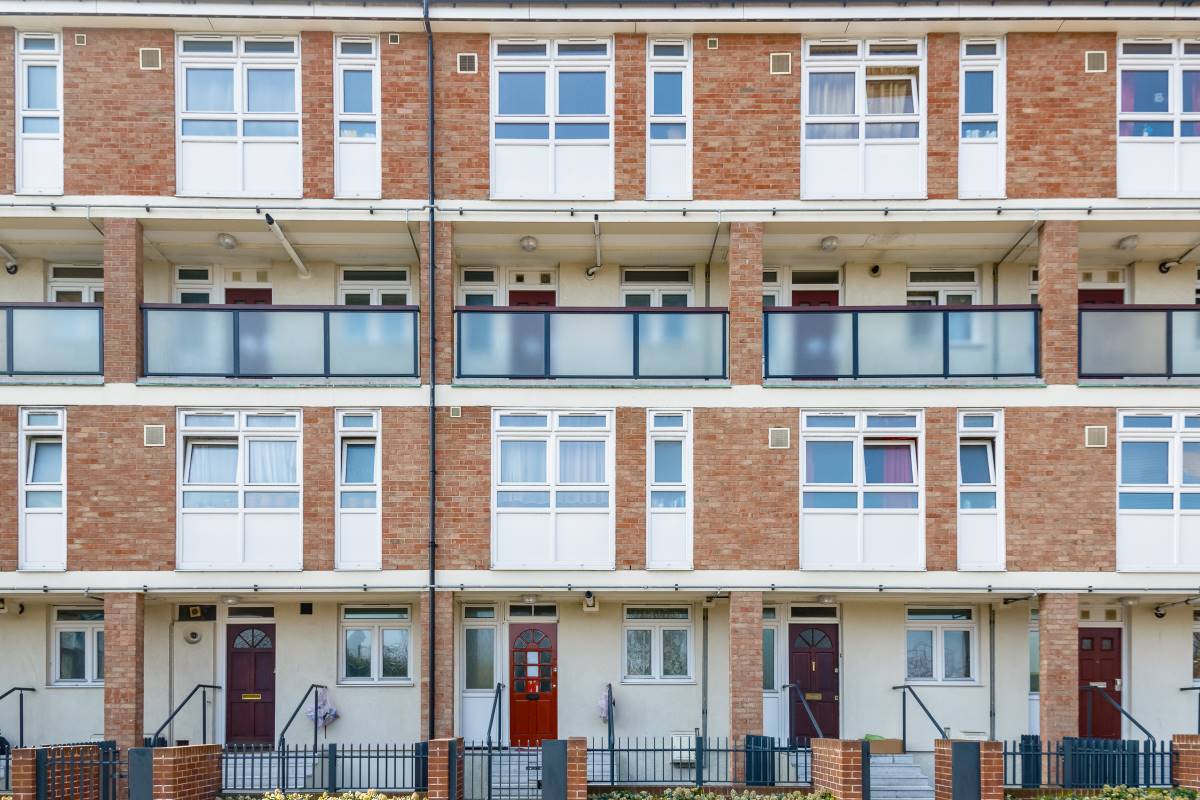If you are renting a home or you are a landlord renting a property to a tenant, it is important to have a tenancy agreement in place. It provides the legal framework to ensure both parties are protected. Whether you are a tenant or a landlord, read this article to learn how tenancy agreements work.

What Is a Tenancy Agreement?
The tenancy agreement is a written or verbal legal contract between the parties involved (i.e., the tenant and the landlord) that allows the tenant to live in a given home if they pay rent and observe the agreed rules.
The tenancy spells out the legal obligations and conditions of the agreement. They work either on a fixed term (for a set time), or periodic basis (running on a weekly or monthly basis).
What Information Should a Tenancy Agreement Contain?
Tenancy lease agreements should include all of the following:
- The names of the parties involved
- The address of the home
- The rental cost, the frequency of payment, and payment methods (for example, by direct debit every month)
- Start and end date of the agreement
- Details on how and when rental charges are reviewed
- Deposit payments and the protection methods
- Information on circumstances where the deposit can be partially or fully withheld (for example, due to damage caused to the property)
- Obligations of the landlord or tenant
- Bills the tenant is responsible for
Tenancy agreements may also contain details on the following:
- The person responsible for the minor repairs in the property (aside from the landlord’s legal responsibility)
- If it’s possible to terminate the tenancy early and the process involved
- If it’s possible to sublet the property (i.e., rent out to someone else) or take on lodgers
You can obtain a sample tenancy agreement template online here.
Types of Tenancy Agreements
There are different types of tenancy; they are as follows.
Assured Shorthold Tenancies (ASTs)
The AST is the most popular form of tenancy, and nearly all new tenancies come under this category. A tenancy is classified as an Assured shorthold tenancy if all of these conditions are met:
- The property is rented privately
- The tenancy began after 14th January 1989
- The home is the tenant’s main accommodation
- The landlord resides in another property
A tenancy is not an Assured shorthold tenancy if:
- It was agreed or began on or before 14th January 1989
- The rent exceeds £100k per year
- The rent is £249 or less per year (£999 in London)
- The landlord is the local council
- The property is a licensed premises or a business tenancy
- The home is used for holiday lettings
Excluded Tenancies
The tenancy lease may come under excluded tenancy if the tenant lives with the landlord and shares any rooms within the home (e.g., bathroom or kitchen). Tenants have less protection from eviction under this type of agreement.
Assured Tenancy
Tenancies that began after 14th January 1989 and before 28th February 1997 could be assured tenancy. Occupancies of this type have high levels of protection against eviction. Housing Associations and some private landlords often have used this type of tenancy.
Regulated Tenancy
Tenancies that commenced on or before 14th January 1989 could be regulated. Tenancies of this type have high levels of protection against eviction and could be subject to “fair rent.” A fair rent is less than market rates and is the maximum rental charge a landlord can impose. Often these properties are council housing or housing belonging to housing associations.
Making Changes in the Agreement
During the tenancy rental agreement, it is possible to make changes to the tenancy with the understanding of both parties. For example, a tenant may need to move out of the property early due to job relocation. With the landlord’s agreement, it is possible to change the tenancy agreement. Usually, if a tenant wishes to move out early and finds a replacement tenant, the landlords are cooperative.
Ending the Tenancy
The tenant is responsible for paying the rent for the whole duration of the fixed-term agreement. It is possible to end the fixed-term agreement early with the presence of a break clause in the tenancy, or if the landlord approves the early termination.
The rental agreement should state how much notice the tenant must provide to leave the property. Alternatively, should the landlord want the tenant to leave, they must provide notice based on the type of tenancy agreement. We’ll discuss these below.
Assured Shorthold Tenancy
The landlord can ask the tenant to leave without reason in the following scenarios:
- Periodic tenancy (also known as “rolling tenancy“)
- Fixed-term tenancy which has come to an end
In both of the above scenarios, all the following must apply:
- The tenant’s deposit is protected under the “deposit protection scheme” (if the tenancy was renewed or began after 5th April 2007)
- The landlord has provided the tenant with a minimum 2 months’ notice in writing (called “notice to quit“)
- The landlord asks the tenant to leave a minimum of 6 months after the start of the agreement.
Suppose the tenancy began or was renewed on or after 2nd October 2015. In that case, the landlord cannot evict the tenant if the council serves them with a notice following a complaint about the property’s condition.
Can the Tenant Be Asked To Leave During a Fixed Term Agreement?
The landlord can ask the tenant to leave during the fixed-term agreement on certain grounds. These include the following:
- The tenant is in arrears with their rent payment
- The tenant used the property to conduct illegal activities (such as selling drugs)
- The tenant damaged the property
The required notice to end the tenancy in these scenarios will depend on the grounds (i.e., reason) for removal. The exact notice period based on the reason for the eviction can be found on this UK government website.
Assured Tenancy
The landlord must use one of the grounds for eviction through the Housing Act 1988. Examples of grounds for eviction include:
- Serious rent arrears
- Anti-social behaviour
- Redevelopment of the property
Social housing landlords such as housing associations and local councils use assured tenancy, and the tenants have greater protection against eviction.
Excluded Tenancies
The landlord has to provide reasonable notice to vacate the property. It is usually based on how often the rent is paid. The landlord must provide one month’s notice if the rent is paid monthly. The landlord can ask the tenant to leave verbally without written notice.
Regulated Tenancy
Regulated tenants have strong grounds against eviction in the eyes of the law, and it’s harder for the landlord to evict tenants under this agreement. They must take measures such as a court order for the tenant to leave the property. Evictions usually take place for reasons such as:
- Rent arrears
- Breaching tenancy agreements
- Anti-social behaviour
- The tenant damaged the property
Be Informed on Tenancy Matters
Whether you are a landlord or a tenant, it is important to be aware of matters related to renting a home. There are legal frameworks in place that both the tenant and the landlord must meet. Be fully informed as it will ensure a smooth rental experience.




